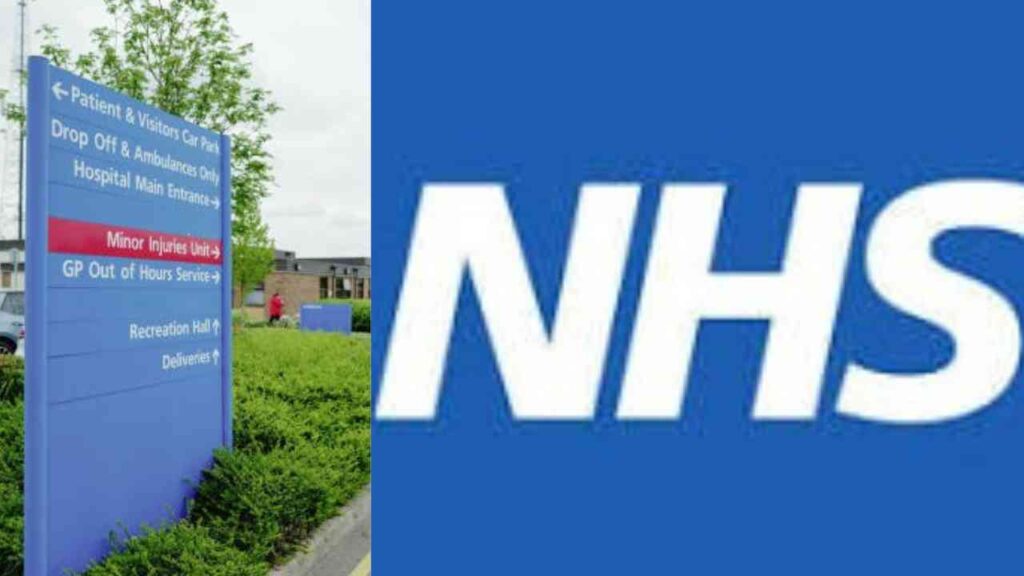A comprehensive investigation into the NHS estate has revealed a staggering £13.8 billion maintenance backlog affecting nearly 2,900 healthcare facilities across Britain, with experts warning that crumbling infrastructure poses “catastrophic” risks to patient safety.
Most Critical Cases Identified
The analysis has identified five hospitals requiring urgent investment of at least £100 million each to address critical safety issues:
Airedale General Hospital in West Yorkshire tops the list with £316 million needed for high-risk repairs alone, bringing its total maintenance bill to nearly £340 million. The facility is among those most severely affected by dangerous reinforced autoclaved aerated concrete (RAAC) in its structure.
London hospitals dominate the crisis, with three of the five worst-affected facilities located in the capital:
- Charing Cross Hospital requires £186 million for high-risk repairs (£412 million total maintenance bill)
- St Mary’s Hospital needs £152 million for urgent issues (£287 million total)
- Croydon University Hospital faces a £113 million high-risk repair bill
Wycombe Hospital completes the top five with £139 million needed for critical maintenance work.

Escalating Safety Concerns
The maintenance backlog categorized as “high risk” has nearly tripled from £1 billion in 2015/16 to £2.7 billion in 2023/24. According to NHS definitions, these are repairs that “must be addressed with urgent priority” to prevent “catastrophic failure, major disruption to clinical services or deficiencies in safety liable to cause serious injury.”
Eleven medical facilities have their entire maintenance backlog classified as high-risk, with the University Hospital of North Durham—serving over one million patients annually—requiring £2.6 million in urgent repairs.
Infrastructure Problems Plague Daily Operations
Healthcare facilities across the country are struggling with fundamental infrastructure failures that directly impact patient care:
- Burst pipes disrupting medical services
- Crumbling ceilings posing collapse risks
- Broken lifts preventing patient transport
- Leaking roofs causing water damage to medical equipment
- Sewage leaks creating unsanitary conditions
Some wards have been forced to place buckets around patient areas to collect rainwater, while others have closed entirely due to safety concerns.
The RAAC Crisis
A particular concern centers on reinforced autoclaved aerated concrete (RAAC), extensively used in hospital construction between the 1950s and 1990s. This material, described as structurally weak and likened to a “chocolate Aero bar,” is prone to moisture absorption and sudden collapse.
Seven hospitals with significant RAAC presence, including Airedale, have been designated for complete replacement under the New Hospital Programme due to concerns they are “structurally unsound.”
Government Response and Funding Plans
Chancellor Rachel Reeves announced a £30 billion investment over five years this summer, with £5 billion specifically allocated for critical building repairs. However, experts argue this falls short of what’s needed.
Dr Layla McCay of the NHS Confederation stated that even with increased government funding, the health service requires an additional £3.3 billion annually over the next three years to adequately address the maintenance crisis.
Political and Healthcare Leadership Reactions
Liberal Democrat health spokesperson Helen Morgan criticized the situation as “shameful neglect,” arguing that “patients who should be focusing on their health are instead grappling with crumbling masonry, burst pipes and water leaking through the ceiling.”
Dennis Reed of Silver Voices highlighted the short-sighted nature of previous budget decisions: “Money due to be spent on buildings has been used for current spending and pressures on staff and services. Some wards have buckets lying around to collect water when it rains.”
New Hospital Programme Delays
The New Hospital Programme, originally launched in 2020 with promises to deliver 40 new hospitals by 2030, has faced significant delays and scope reductions. Health Secretary Wes Streeting criticized the previous government’s approach as “built on the shaky foundation of false hope,” noting that many promised facilities “were not all new and many were not even hospitals.”
The programme has been restructured into four construction phases, with some major projects like Charing Cross Hospital not scheduled to begin construction until 2035 at the earliest.
Impact on Patient Care and Staff
Healthcare professionals emphasize that the infrastructure crisis directly undermines the NHS’s ability to deliver quality care. Dr McCay noted that “dilapidated buildings and faulty equipment can pose a risk to patient safety as well as hamper efforts to reduce waiting lists.”
The situation affects not only patient outcomes but also staff morale and productivity, as healthcare workers must navigate around infrastructure failures while attempting to provide medical care.
Historical Context and Age of Facilities
Many NHS hospitals were built during the 1960s expansion of the health service, with some facilities dating back nearly 180 years. Eric Munro of Imperial College Healthcare NHS Trust explained: “Much of our estate pre-dates the NHS – some of our buildings are nearly 180 years old.”
This aging infrastructure was never designed to support modern medical equipment and procedures, creating ongoing challenges for 21st-century healthcare delivery.
Looking Forward
The Department of Health and Social Care acknowledged the scale of the challenge, with a spokesperson stating: “The NHS estate we inherited is crumbling but repairing and rebuilding our hospitals is a key part of our ambition to create a health service fit for the future.”
The government has committed to providing “an honest, realistic timetable” for delivering necessary improvements while ensuring “maximum value for money” for taxpayers.
However, with the NHS already receiving approximately £180 billion annually and the maintenance backlog continuing to grow, the infrastructure crisis represents one of the most significant challenges facing Britain’s healthcare system. The question remains whether current funding commitments will prove sufficient to address decades of deferred maintenance while meeting the immediate safety needs of millions of patients who depend on these facilities daily.






